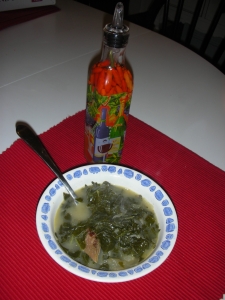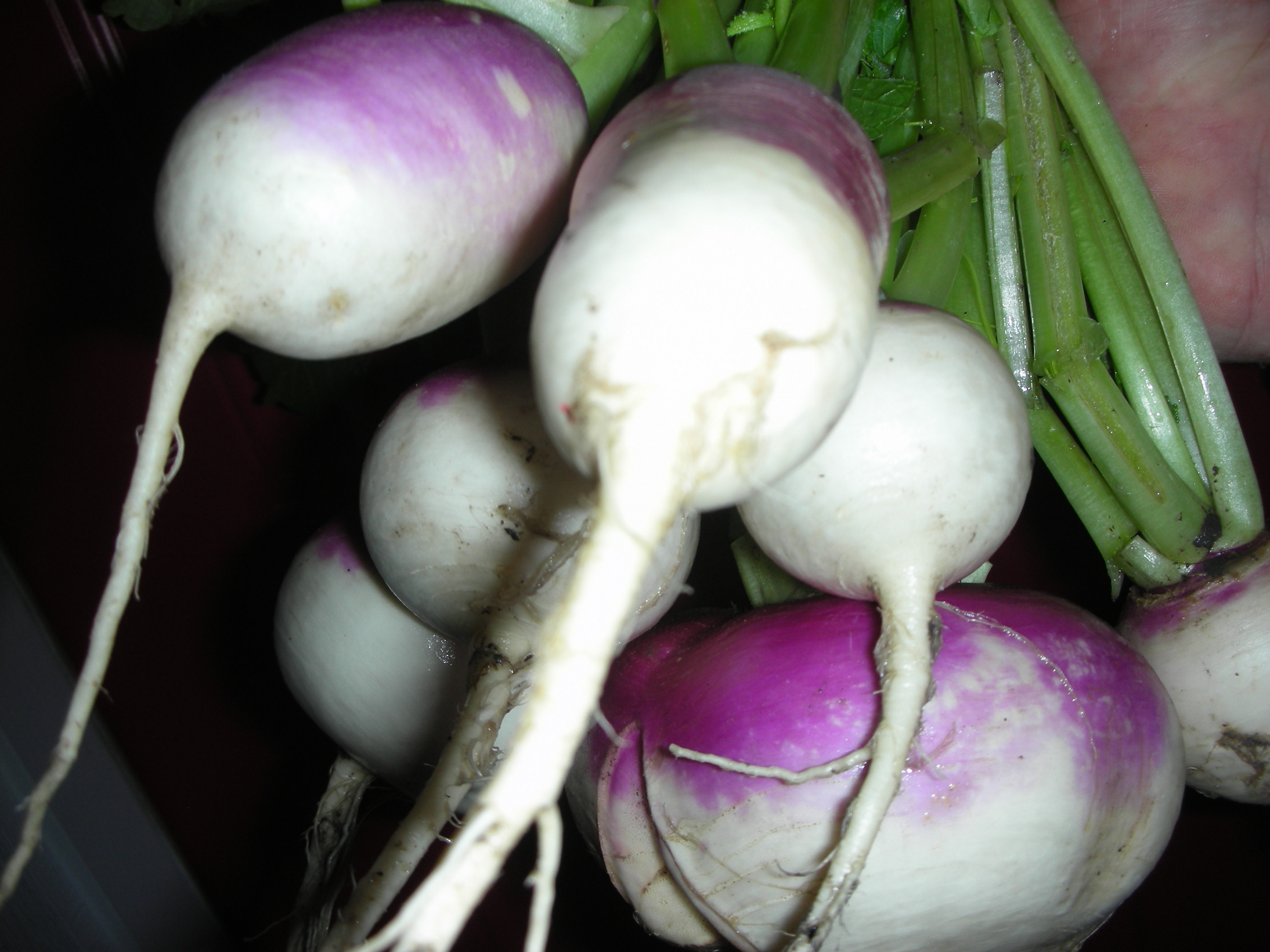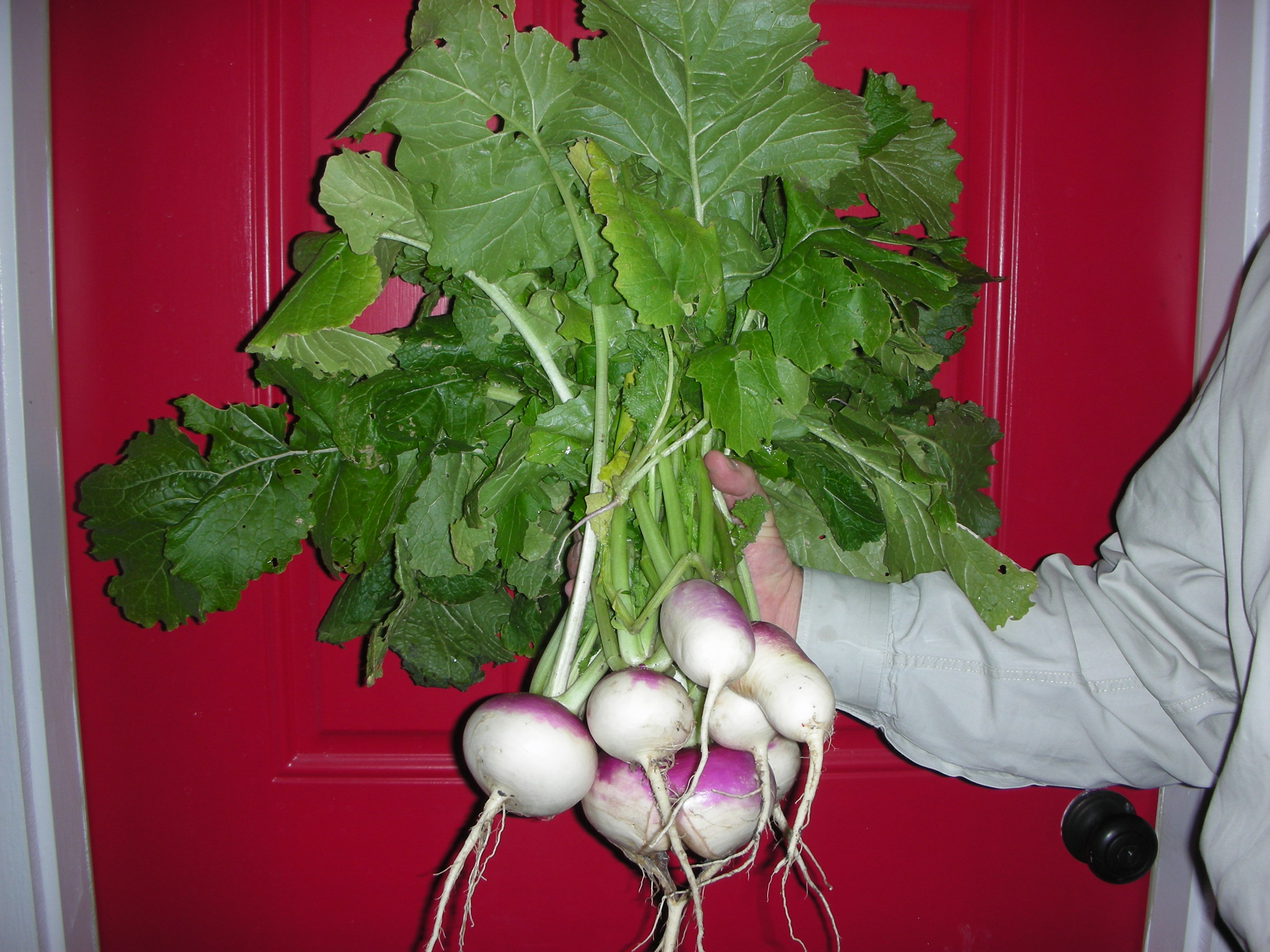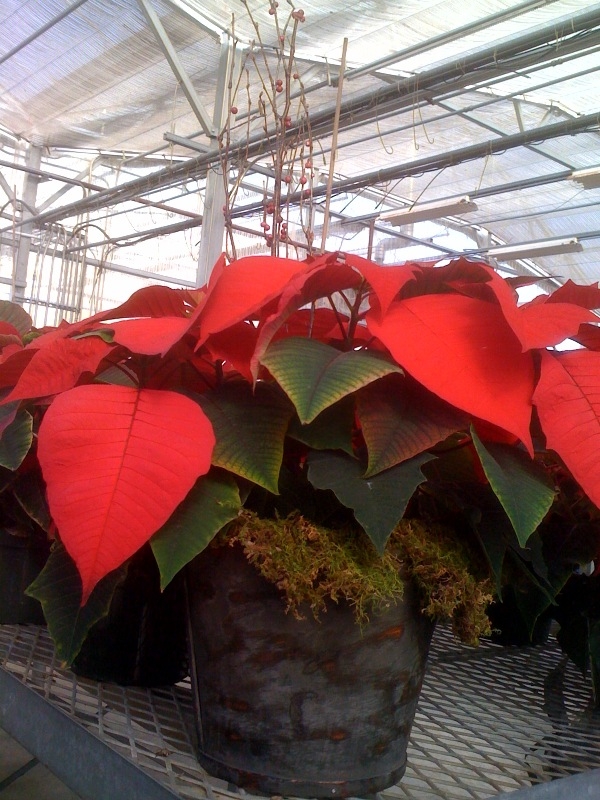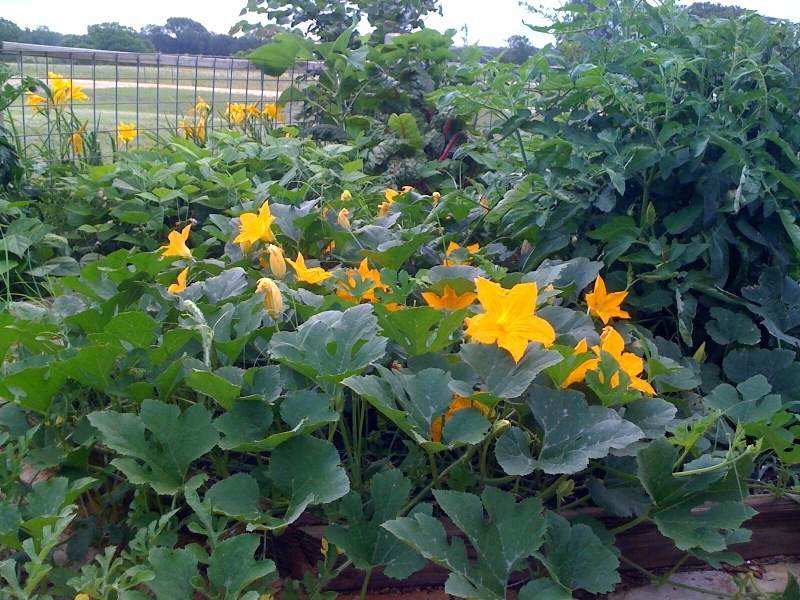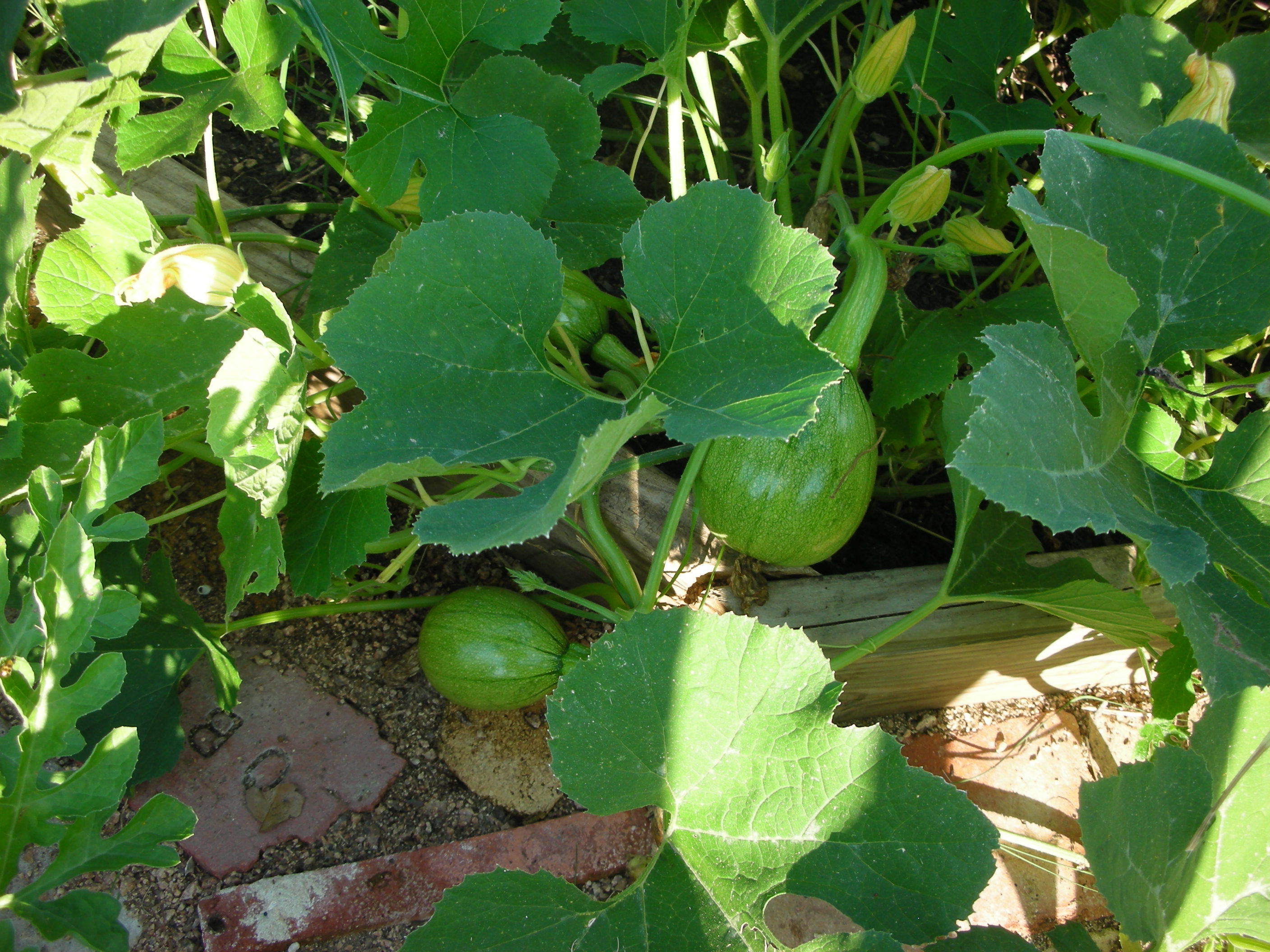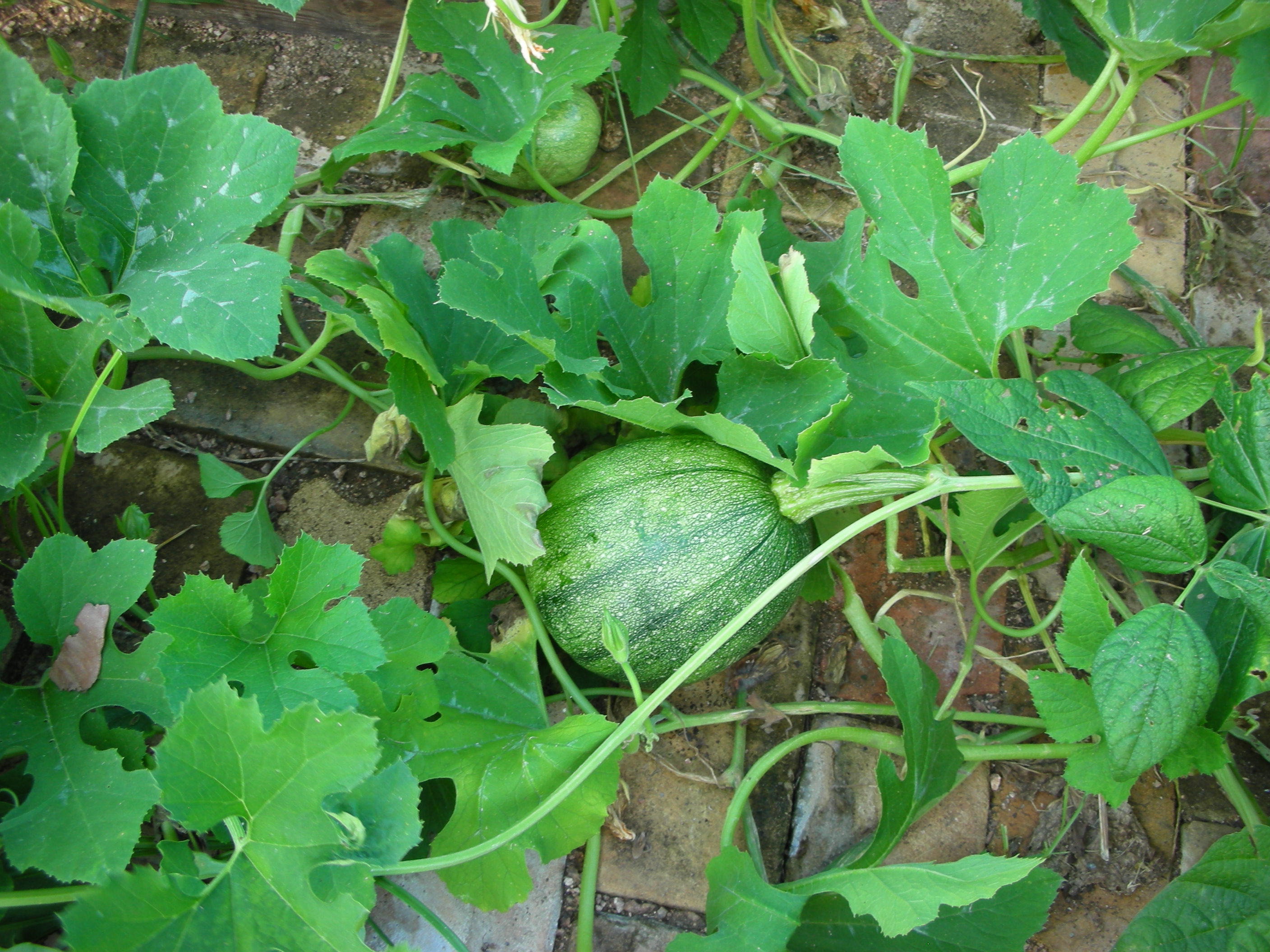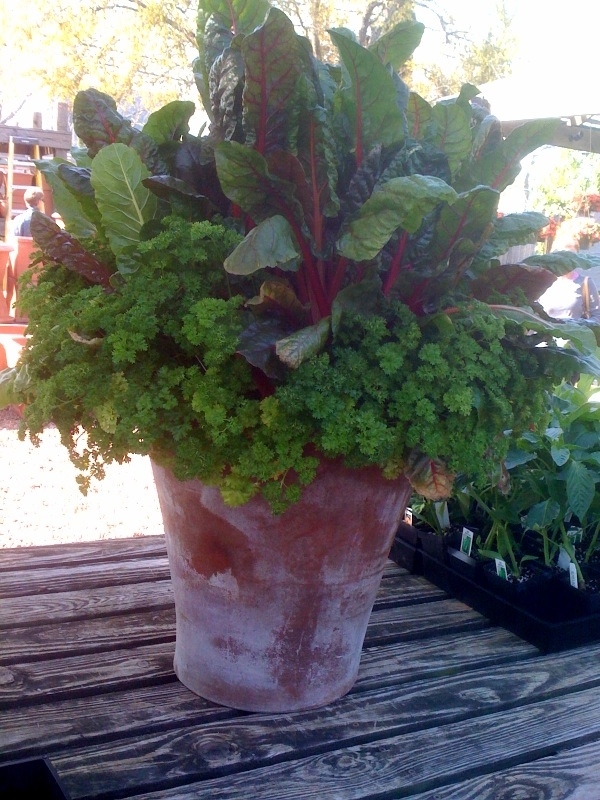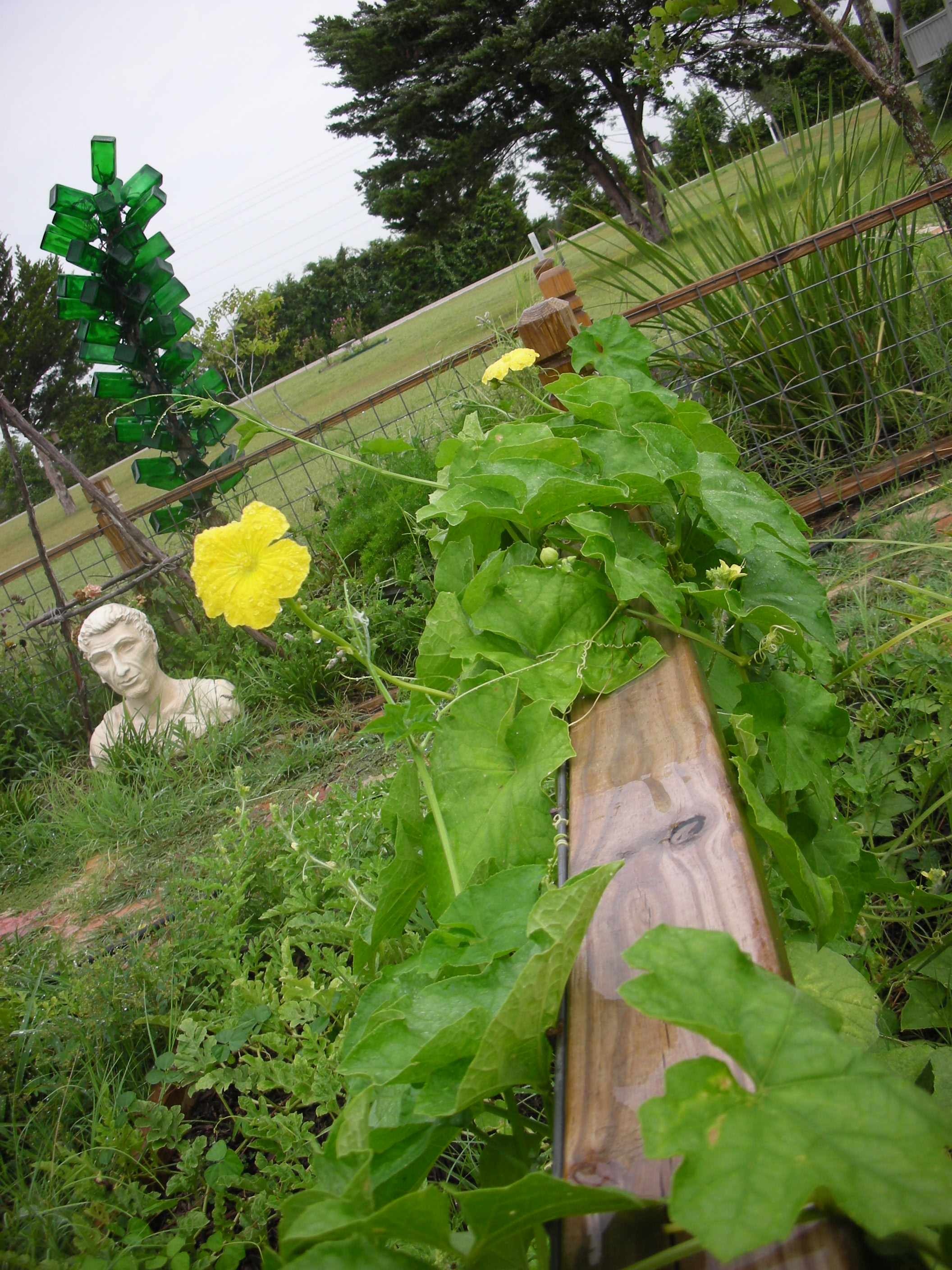I have a problem. Actually, I have two BIG problems; black clay and coastal Bermuda grass. These two things have been a pain in my gardening side since the first time I tried to till a portion of an old coastal field and turn it into a vegetable garden. I live on a patch of blackland praire in Washington county Texas between Brenham and Burton. Over the years I have tried everything to tame the grass and improve the clay. All of my efforts have fallen woefully short. The clay is still either sticky or hard as a rock, and the grass always returns.
Two years ago, I began experimenting with raised beds. I tilled up the clay and added about four inches of mushroom compost. This improved things somewhat but I still could not keep the grass out of the rows, and ultimately the beds. At this point I should point out that I try to be an organic grower. I am not yet 100% weaned off of my traditional ways, but I am now using about 90% organic methods to try and control my weeds and bugs.

My first raised beds
Last year, the additional organic material really started to pay off. The vegetables were great. I simply planted and applied a heavy layer of hardwood mulch. Then I declared war on the weeds and that sticky mud that invariably happens when you water around black clay. I laid down weed paper in the rows and covered this with bricks. I also tilled in beds around my garden fence. I filled those beds with daylilies and petunias and large planters. I also added the weed paper and hardwood mulch to these outside beds. The bricks worked great for controlling the mud. But the Bermuda came back with a passion. Evidently Bermuda and many other weeds, enjoy a little organic matter as much as the tomatoes.
I was now thoroughly frustrated with my grass problem. However, I did note my two big successes. The additional organic material was definitely paying off and the bricks had solved the sticky mud issues. Now I was determined to figure out how to get the weeds under control.
I started reading and I came upon two concepts that I hoped my help me solve both of my problems: square foot gardening (the Mel Bartholomew method) and potagers. Mel Bartholomew and his method of creating super rich soil and close quarter plantings seemed to hold some promise. As I read more about both topics, I began to feel that combining Mel’s ideas about soil and close quarter plantings with the French concept of a kitchen garden might finally give me dominion over the weeds and the mud.

A real French potager
The term potager comes from the French term jardin potager. The potager is designed to provide all of the vegetables, herbs and flowers for a household. The potager is not just functional; it is expected to be beautiful as well. Because of this, annual and perennial flowers are grown right along with the vegetables. Plants in the potager are often selected as much for their form and texture as they are for their nutritional value.
Another thing that I have learned about gardening (or any other endeavor for that matter) is that it helps to have a plan. Since the creation of my potager would require an investment of time, talents and money, my wife insisted I have a detailed plan. I was lucky on this one. I am currently taking a Landscape Design class with Casey Krueger at Texas A&M. With his help, I created a very respectable and doable design for my potager.
Day 1 – Armed with my plan and an army of future son-in-laws (I have four daughters so I really do have a small army of future son–in-laws), we literally dug-in and started to build. First, we built the forms for my raised beds. This required a few carpentry skills, a few basic math skills, and a lot of manual labor.
Day 2 – Since the beds were now in place, we began to dig out about five inches of soil from the bottom of all of the walk paths. After this was done, we covered the walk paths with approximately 8 layers of newspaper and five inches of decomposed granite (take that weeds!). We then laid the bricks. Once the bricks were in place, we added a thin layer of decomposed granite to the top and used a broom to work the granite dust into the gaps between the bricks. After a good watering, the unplanted potager was ready to go.
Day 3 – This was the day for soil preparation and planting. To prepare the beds I used a modified version of Mel Batholomew’s formula. Since my clay has no problem holding water, I left out the suggested vermiculite and peat moss. What I did add was compost peat, cotton bur compost, farm style composted cow manure, mushroom compost, and an alfalfa and humate mix. I bought all of these items from the Plants N Things nursery in Brenham, Texas. We mixed all of these ingredients together on a couple of big tarps. Once it was mixed we wheel barrowed it into the raised beds. Finally, we used my Mantis tiller to mix it all into my existing soil. Now it was time to stick things in the ground. I planted tomatoes, squash, watermelon, and bronze fennel that I had purchased from the Texas A&M Horticulture Club’s Annual Plant sale. I also planted Contender bush beans, Swiss chard, sunflowers, apple and egg gourds, Chinese long beans, and Hyacinth beans for the trellis. One bed stayed intact throughout the build. In it I have onions, shallots, radishes and lettuces. Once all of the seeds are up I will again put down about six inches of hardwood mulch.

My unplanted potager
I am very excited about the promise my new garden. I am hopeful that the granite base and the bricks will keep the weeds and the mud at bay. I also believe that if a few weeds do pop up in the raised beds they will be easy to pull. Remember how I said I was about 90% organic? Well I hope to keep that percentage. However, after all of the time and effort that went into this potager, I have decided that organic or not, at the first sign of a weed invasion I am buying weed killer!
A version of this article was published in the May 2010 issue of “Hort Update” (http://aggie-horticulture.tamu.edu/newsletters/hortupdate/2010/may/)


